The Language of Tails: Why Dogs Wag and What It Means
There's nothing quite as heartwarming as being greeted by a wagging tail when you come home. Dogs are known for their expressive and enthusiastic tail wagging, which is often considered a universal sign of joy and excitement. But have you ever wondered why dogs wag their tails? In this blog post, we will delve into the fascinating world of canine communication and explore the reasons behind their tail-wagging behavior.
The Mechanics of Tail Wagging:
Before we dive into the reasons behind tail wagging, it's important to understand the mechanics of this endearing behavior. A dog's tail is an extension of its spine, composed of muscles and bones. The wagging motion is generated by the muscles at the base of the tail, controlled by the dog's nervous system. The direction, speed, and intensity of the wag can vary, each conveying a different message.
- Expressing Happiness and Friendliness:
The most commonly associated meaning of a wagging tail is happiness and friendliness. When a dog wags its tail loosely and in a sweeping motion, it often signifies a positive emotional state. Dogs use this wag to communicate their approachability and non-threatening intentions to both humans and other animals. It's their way of saying, "I'm happy to see you" and "I mean no harm."
- Excitement and Anticipation:
Tail wagging can also be a manifestation of a dog's excitement and anticipation. Imagine a dog eagerly waiting for its favorite game or treat. The tail may wag in a more rapid and vigorous manner, reflecting the heightened emotional state. It's their way of expressing enthusiasm and anticipation, often accompanied by other signs like jumping, barking, and even spinning in circles.
- Submissive Gestures:
In some situations, a dog may wag its tail in a low and gentle manner, almost tucking it between its legs. This type of wagging usually indicates submissiveness. Dogs may exhibit this behavior when they feel intimidated, afraid, or when they encounter a dominant individual. It's their attempt to communicate their lack of aggression and to appease the more assertive party.
- Stress, Anxiety, and Fear:
While tail wagging is typically associated with positive emotions, it's important to recognize that dogs may also wag their tails in stressful or fearful situations. In these cases, the wagging is often accompanied by other body language cues such as tense body posture, a lowered head, or flattened ears. It's crucial to interpret the overall context and the accompanying signs to understand a dog's emotional state accurately.
- Context and Individual Variations:
Understanding tail wagging requires considering the individual dog's breed, personality, and previous experiences. Some breeds have naturally curly tails that may limit the range of motion, while others have long, whip-like tails that can create a more pronounced visual effect. Additionally, individual dogs may have unique variations in their tail wagging patterns and intensity, making it essential to consider the whole picture rather than relying solely on the tail's movement.
Conclusion:
A dog's tail serves as a powerful communication tool, allowing them to express a wide range of emotions and intentions. Tail wagging is an integral part of canine language, conveying happiness, excitement, friendliness, submission, stress, or fear depending on the context and accompanying cues. By paying attention to a dog's tail movements and combining that observation with other body language signals, we can gain a deeper understanding of our furry friends and enhance our communication with them.
So, the next time you're greeted by a wagging tail, remember to appreciate the unique language your canine companion is speaking. Embrace the joy, decipher the signals, and most of all, reciprocate the affection!



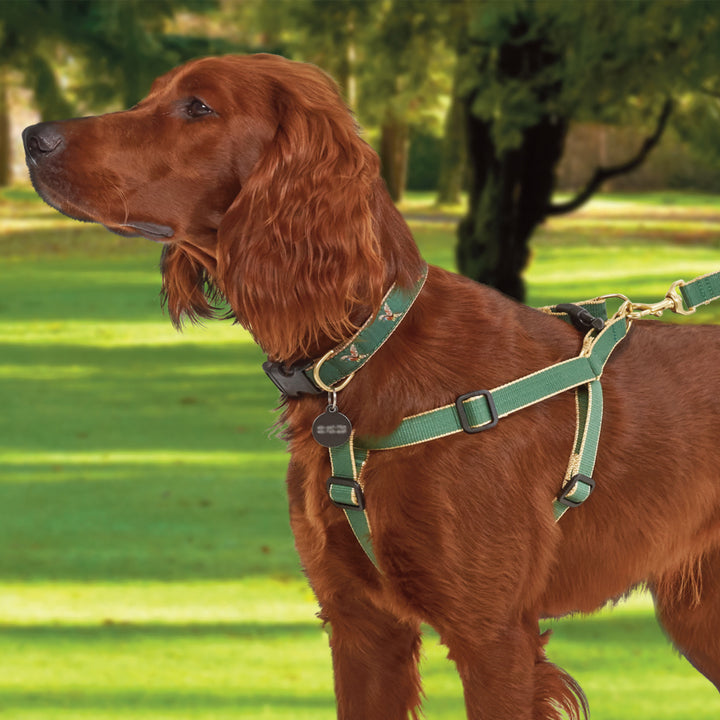




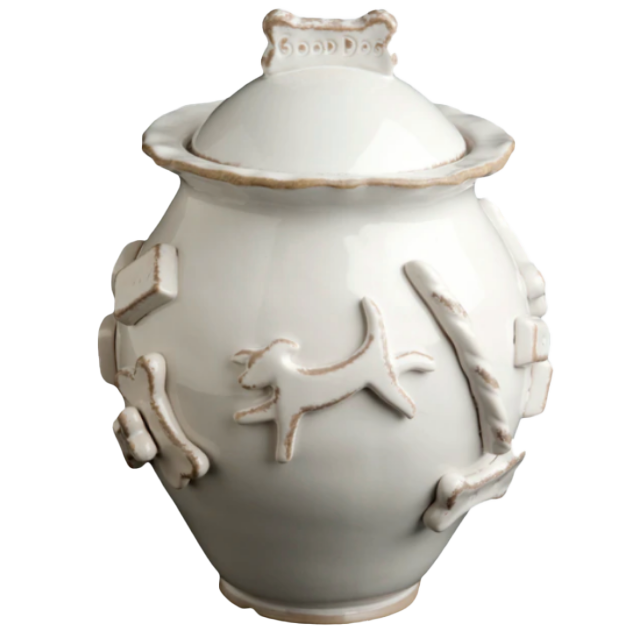

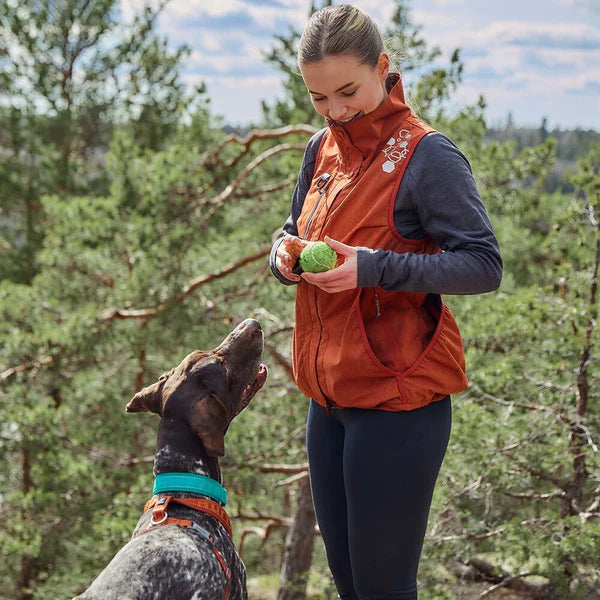

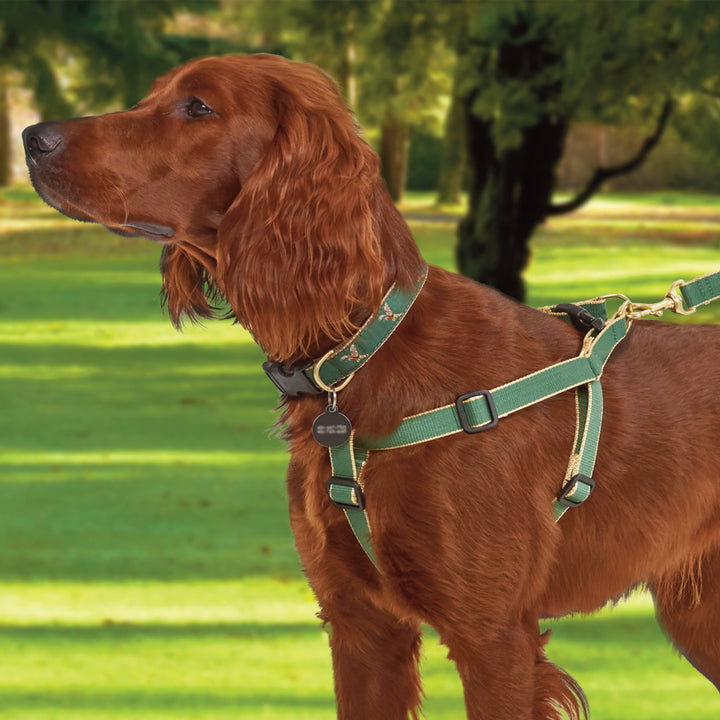





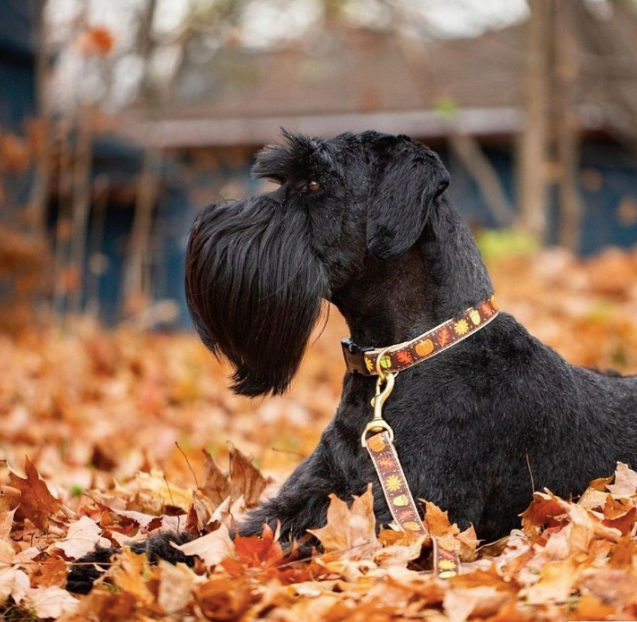

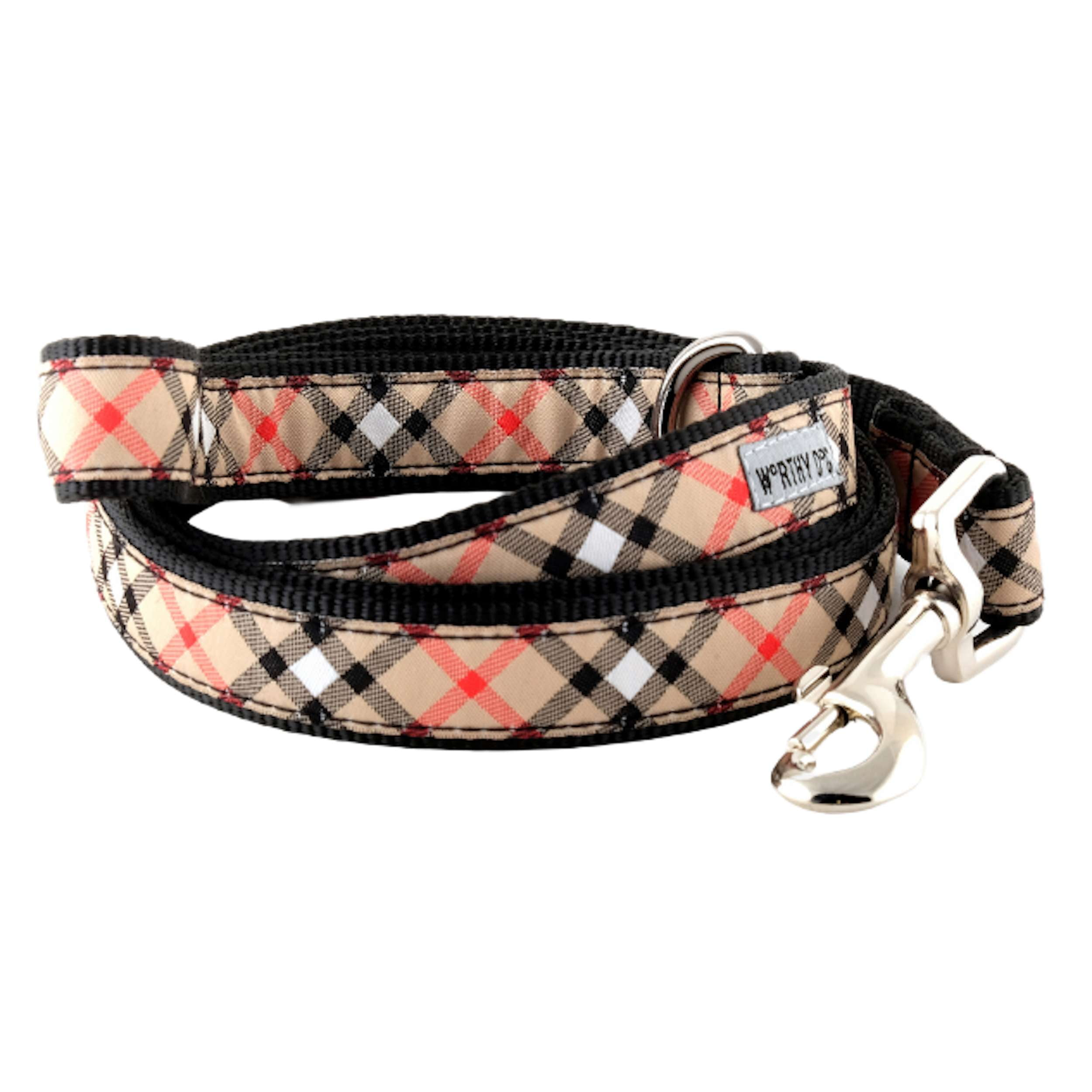


Leave a comment